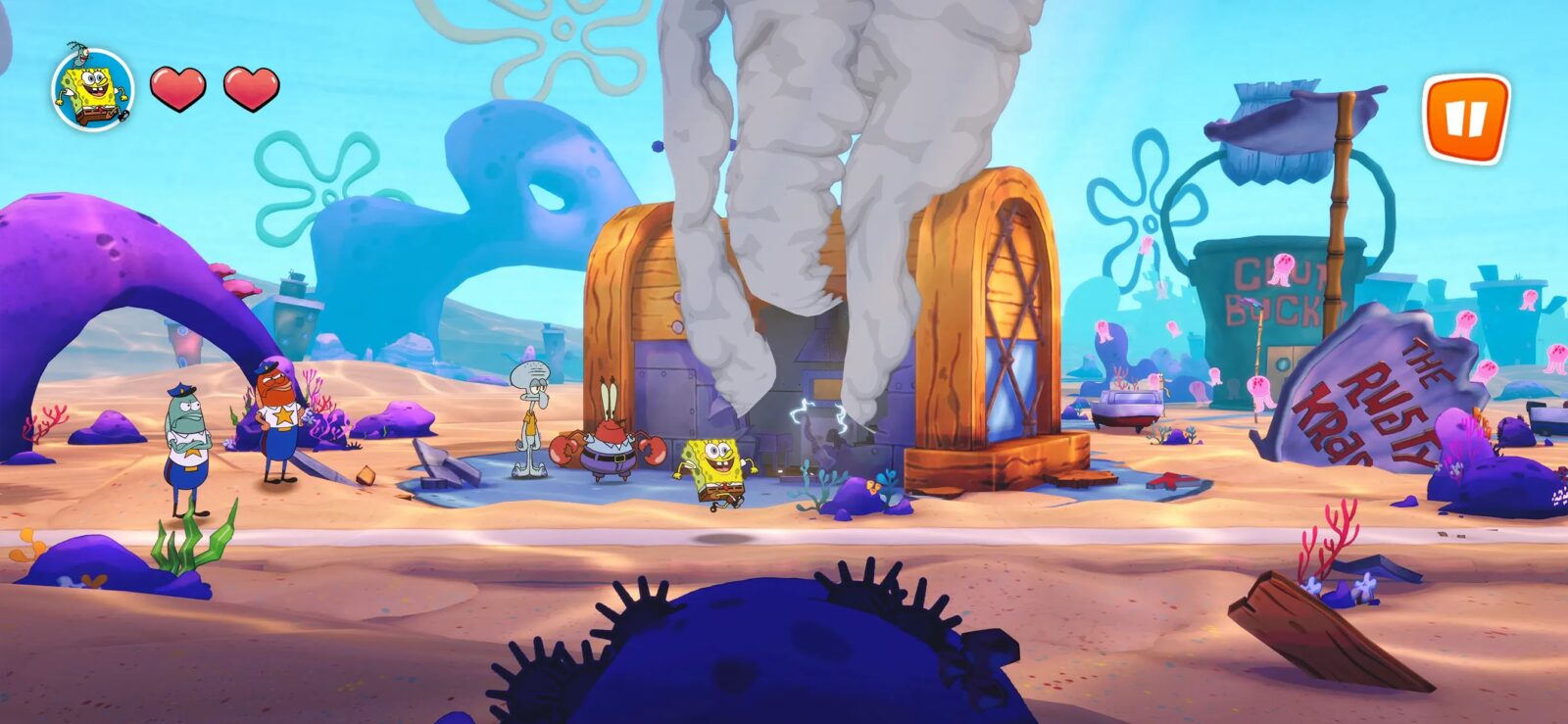YouTube is expanding its AI video capabilities in the Middle East and North Africa with the introduction of Veo 3 to Shorts. The rollout, announced at YouTube’s Brandcast event in Dubai, will begin in English and be available for select creators across the region. The feature, which uses Google’s Veo model to generate high-definition video from text prompts, marks the company’s latest attempt to strengthen its short-form video ecosystem and compete more directly with platforms like Instagram Reels and TikTok.
What makes this move notable is the viewing behavior revealed by new GWI data. According to the report, 61% of Shorts users in Saudi Arabia and 54% in the UAE say they don’t use Instagram Reels, suggesting a potentially distinct audience that brands cannot easily reach elsewhere. For advertisers and media planners, this could mean that Shorts offers incremental reach in a market already saturated with overlapping users across social apps.
YouTube is also continuing its broader AI rollout in the region. Auto Dubbing—an automatic translation feature allowing creators to revoice content into new languages—has expanded to more countries, with over 51,000 Egyptian creators already using it to translate from Egyptian Arabic to English. Two new initiatives are also planned for 2026: the Creator Partnerships Hub and Open Call, both designed to simplify brand-creator collaborations and bring more structure to influencer marketing in MENA.
At the Brandcast event, YouTube shared research underscoring its position in consumer decision-making. A Kantar study ranked YouTube as the top platform for researching brands and products in Saudi Arabia and the UAE. Meanwhile, data from SmithGeiger indicates that 61% of Gen Z consumers are less likely to return products after watching reviews on YouTube, pointing to a tangible link between video content and purchase confidence.
For creators, the introduction of Veo 3 presents a chance to experiment with new kinds of Shorts content that merge AI-generated visuals with storytelling. YouTube suggests starting with concise, product-oriented prompts, using subtitles early to support Auto Dubbing, and testing variations in length and engagement hooks. Marketers, in turn, may find value in leveraging Shorts’ growing reach to test localized campaigns that extend beyond the usual Reels and TikTok audiences.
Whether this puts direct pressure on Instagram Reels depends on how quickly creators adopt Veo 3 and how viewers respond to AI-assisted content. But with YouTube investing heavily in its AI ecosystem—and evidence that its Shorts audience differs from Reels’ user base—the platform appears to be carving out a distinctive role in the region’s fast-evolving short-form video landscape.







